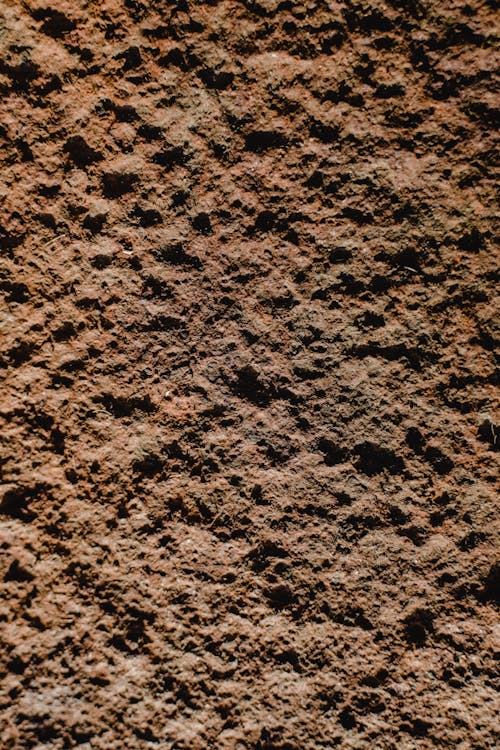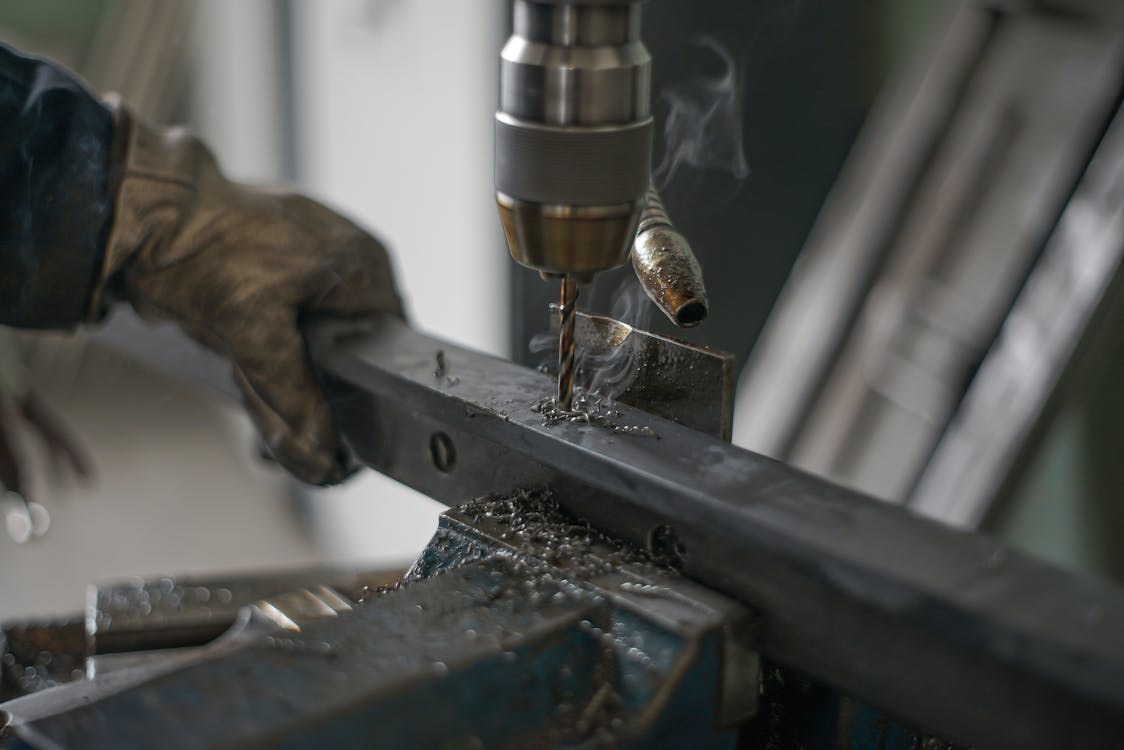Building oil and gas wells often requires you to be familiar with the most reliable cementing of the casing. Casing cementing allows you to build wells correctly and remain compliant with a wide range of state regulations associated with the process. The best way to describe casing cementing is as a phenomenon where the builder first uses cement to create a seal between the borehole. Eventually, the use of casing allows them to line the hole and prevent it from caving after it’s been drilled.
Cementing casing is crucial for stabilizing the well’s walls and its holes. However, there’s always a risk of fluids from drilling equipment and gases encroaching on this formation, especially if they’re contaminated. This usually happens when you can’t employ the right methods of placing the cement.
With the right mud logging equipment and geological supplies, it’s always easier to avoid the impact of drilling fluids on casing cement. Here’s what happens if you don’t use the drillers correctly.
Cement on the Surface and The Casing Shoe
One of the biggest drilling mistakes during cementing casing is setting the casing on the well’s bottom before dumping the cement by taking the truck up to the top. This isn’t the best way to make the ideal use of cementing casing and leads to two concerning repercussions.
Firstly, the cement will end up being on the well’s surface, making you go against the drilling regulations in your area. This can often lead to inspections and further penalties if not fixed promptly. Secondly, when you dump the cement on the casing present at the bottom, it’s highly likely to end up in the casing shoe, reducing your chances of achieving a good seal for the well.
There’s a high risk of cement casing bridging off without warning if you’re unaware of the right drilling techniques.

The Creation of a Thick, Sponge-Like Wall
The impact of drilling fluids on casing cementing has a lot to do with the mud you use to drill the well. In fact, sometimes the cement job and casing placement heavily rely on the quality and choice of mud which ultimately becomes a drilling fluid, directly contacting your casing cement.
One of the biggest impacts of mud or similar drilling fluids on your casing cementing would be forming a thick wall with a sponge-like texture. This often happens when you’re using incredibly thick and heavy mud to drill these wells for casing cementing. This is never a good idea when you want to achieve a good cement seal, especially after the mud touches the borehole.
Prevented Pumping
Apart from affecting the overall cement seal and creating an unwanted, thick wall, the drilling fluids have a way of affecting the pumping processes too. This happens when the mud from drilling procedures begins balling up and makes it difficult to pump the casing cementing effectively.
This can also lead to time and resource wastage, especially when you’re halfway through the process of building a wall. The best way to avoid this is by conditioning the mud and ensuring that it’s thin and solid-free substantially before you use it as your drilling fluid.
Mud will low solid contents ultimately improves the casing cementing process, giving you an enhanced cement job at all times.

Heat of Hydration in the Cement
Thinning of mud before drilling on the casing cementing usually works perfectly if you’re working on steel casing. However, it’s a completely different story if you’re using plastic casing. With plastic casing, you have to be extra careful with your drilling practices.
We all know how plastic melts quite quickly and heats up a lot faster than steel. This is where drilling fluids can cause trouble once the drilling procedures begin setting the cement. Drilling fluids often affect casing cementing processes by causing a heat of hydration in the plastic casing.
Sometimes it can get so hot that the casing eventually falls apart if enough measures aren’t taken to save it. The best way to avoid this is to allow the cement to set while holding enough pressure on the casing. This will ensure a successful casing cementing procedure even if the casing collapses later on.

Check Out Our Geology Field Supplies Today!
At CNPS, we acknowledge the significance of casing cementing processes and how they’re hindered by the improper use of drilling fluids. Our team also acknowledges the importance of cement and mud for sealing oil and gas wells whenever needed for maximum efficacy. The good news is that you can now count on our geology field supplies, including our cementing equipment, to avoid all the risks discussed above.
As your geology equipment suppliers, we’re committed to helping you become a leading oil and gas company. Contact us to learn more today!


